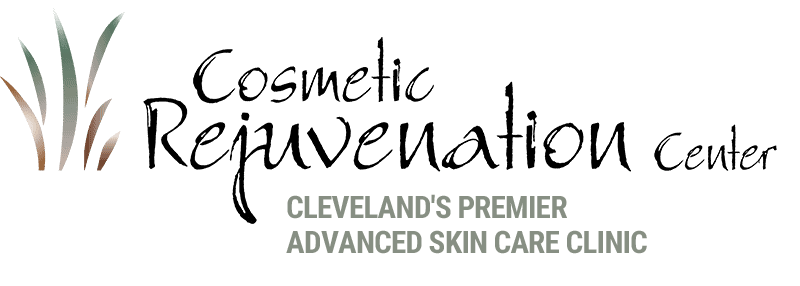Facial tightening is a broad term for procedures that aim to improve the appearance of sagging skin on the face and jawline. There are various non-surgical and surgical options available.
Non-surgical options:
- Radiofrequency (RF) therapy: Uses radio waves to heat the deeper layers of the skin, stimulating collagen production for a lifting effect.
- Ultherapy: A specific type of RF therapy that uses ultrasound to target specific layers of skin and muscle.
- Dermal fillers: Injectable substances that plump up specific areas of the face to add volume and lift.
- Botox: Relaxes facial muscles to temporarily reduce wrinkles caused by movement.
Surgical options:
- Facelift: Surgical procedure to remove excess skin and tighten underlying tissues for a more youthful appearance.
Pros (of non-surgical options): Less invasive, shorter recovery time than surgery.
Cons (of non-surgical options): Results are temporary, typically lasting 1-2 years.
Pros (of surgical options): More dramatic and long-lasting results.
Cons (of surgical options): More invasive, longer recovery time, potential for complications.
Alternatives: Topical skincare products, microneedling
Recovery time: Varies depending on the procedure. Non-surgical options require minimal downtime, while surgery can take several weeks to recover fully.
Disclaimer: Facial tightening procedures can be complex. It’s important to consult with a board-certified dermatologist or plastic surgeon to discuss your goals and determine the best course of treatment.
